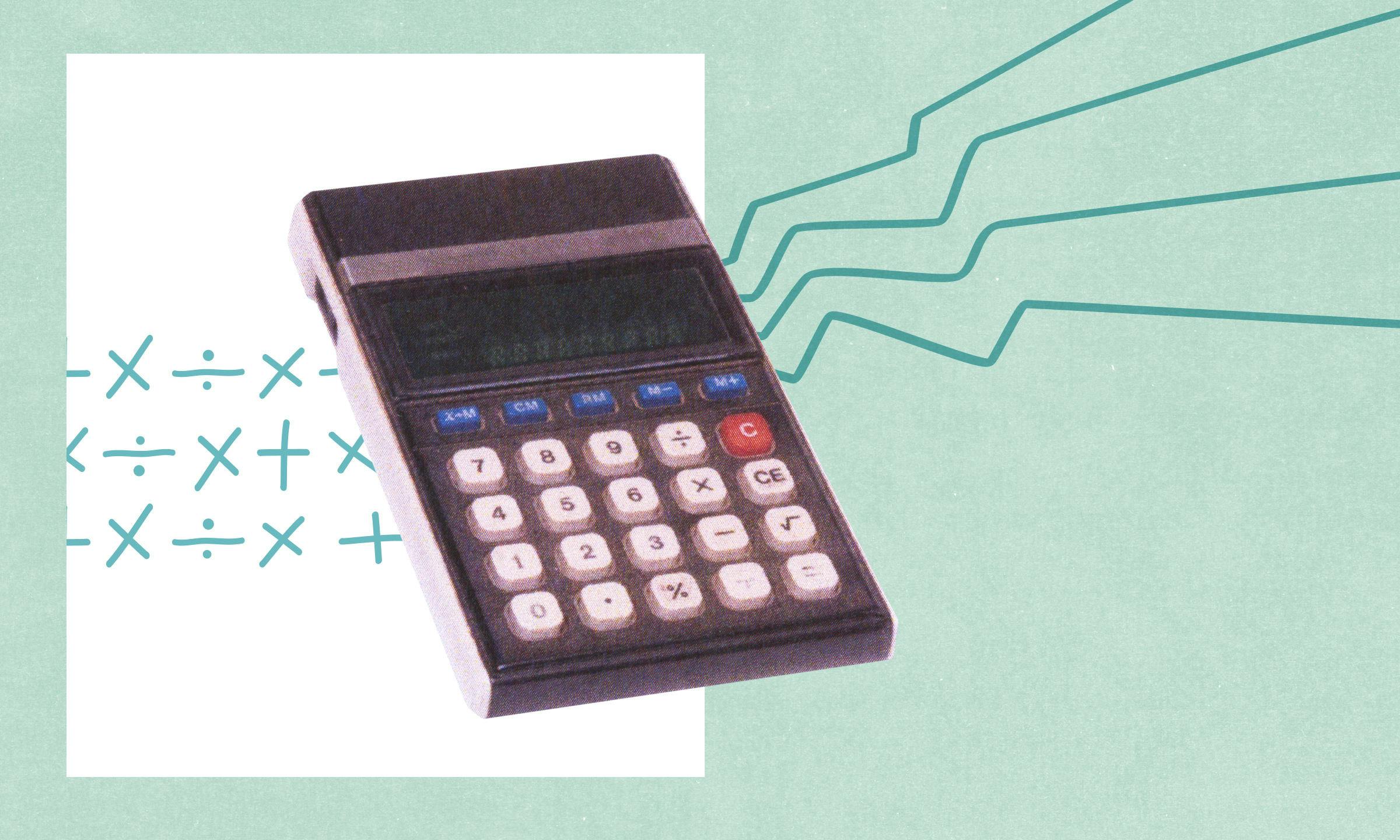How to Measure & Improve Your Customer Experience

Almost all of us can remember a time when we had a positive interaction with a brand that left a lasting impression.
Maybe it was with a restaurant—how easy it was to make reservations, how they greeted you right away and then showed you to your table, how they remembered your dietary restrictions without you having to remind them.
Or maybe it occurred when you last brought your car in for service—how the email reminder came just as you hit the right mileage, how the service technician met you right away to escort you to the waiting area while they worked on your car, how they served you coffee while also making sure you had the Wi-Fi password.
What you encountered in both of these scenarios—and in all the interactions you had with the brand prior to those standout moments— is something that’s come to be known as customer experience, or CX in industry parlance.
CX is slightly different from UX (user experience), though they’re closely related—and you can argue that CX actually emerged from UX, as Nielsen Norman Group (NN/g) is apt to do .
A treasure trove of information, NN/g writes often about topics related to UX and CX, and they give us a useful set of definitions I want to reiterate here.
If you consider the relationship between a person and a company across a person’s lifetime, you can define that user’s experience at three different levels:
- The single-interaction level, which reflects the experience the person has using a single device in order to perform a specific task.
- The journey level, which captures the person’s experience as she works to accomplish a goal (possibly using multiple interaction channels or devices in order to do so).
- The relationship level, which refers to all the interactions between the person and the company, throughout the life of the customer relationship.
The first level, the single-interaction level, is essentially what we now refer to as UX.
Often this experience happens when a user engages with an app or website. In these instances, we’re concerned with things like how long it takes a person to add an item to their cart and checkout or how easy it is to find a certain piece of content. The focus is on single tasks.
But that’s not what I want to aim attention at here.
What I want to unpack is the third level, the relationship level, which is becoming more and more important the deeper we burrow into the digital business ecosystem.
A lifetime of opportunities
Regardless of what type of company you’re running—whether it’s an equipment-rental company or a design-build firm— my hunch is that you’re thinking about CX every single day, perhaps more than anything else, even if you’re not thinking about it in those specific terms.
That’s because good CX is critical to maintaining a healthy business, and it stems, fundamentally, from all the effort you put into delivering superior experiences for your customers across all touch points.
In “What is CX?,” McKinsey emphasizes this point succinctly. “CX is crucial,” they write, “in an age when how a business delivers for its customers is just as important as—if not more important than—the products and services it provides.”
They authors go on to posit that, in a digital world, “where customers review and share their experiences with a company in public forums, it has become vital for companies to connect with customers across their journeys at an emotional level. Not only is customer experience the right thing to do for customers but it also results in 3x returns to shareholders.”
If you needed an economic reason to really dive into understanding and improving CX, well, now you have it.
Measure and improve
So, what are some ways to measure and improve CX?
While the literature on how to improve CX is pretty in-depth and varied, there’s consensus around the notion that a fundamental first step is to define your customer journey map.
So much of running a good business revolves around empathy, and journey mapping allows you to put yourself in your customer’s shoes and visualize the process that a person goes through in order to accomplish a goal.
The goal can be anything—to buy your product, have it serviced, call customer service with an issue, or even open your mailer—but your journey map will ultimately give you an idea of how a customer moves through a very specific process.
Once you’ve done that for each part of your experience, you’ll be able to look for areas of improvement. In fact, the journey map will highlight areas of deficiency you simply won’t be able to ignore.
Once you see them, you can’t unsee them.
Measuring CX, on the other hand, is a discipline in and of itself and deserves a substantial deep dive. However, in the absence of one, think of the first step towards measuring CX as looking for real-time feedback.
Innovative companies use analytics—or even data lakes, which are ways of storing both structured and unstructured data in order to compile dashboards and pull reports—but you could also use less complicated methods like surveys and interviews to get a feel on how you’re improving.
Any measurement is better than no measurement, so even low-effort qualitative measures are a step in the right direction.
Good by design
In the two examples I began with—the restaurant and the dealership—you can be certain that they considered their overall CX. It wasn’t a simple coincidence that your experience ended up being a positive one.
Instead, it was calculated down to the smallest of details, like how long it took to greet you when you arrived.
When it comes down to it, just by understanding that your customers are having an experience, and that it’s an experience made up of lots of individual interactions that can all be documented, measured, and improved, is a huge step in the right direction.
Start by creating your journey maps, and see where you end up. Both you and your customers will be glad that you did.


